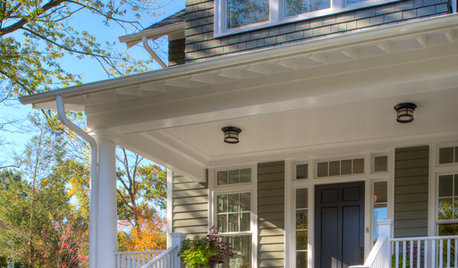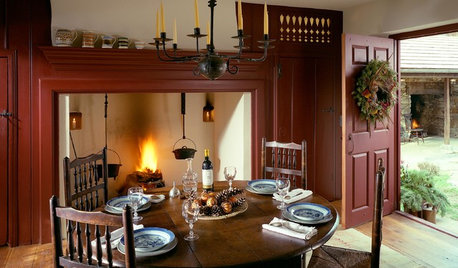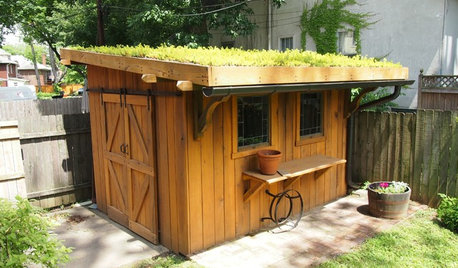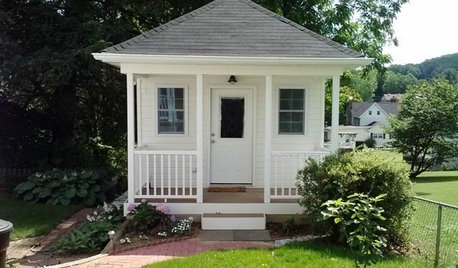Running 5 hp air compressor in shed electrical questions
rswojo
12 years ago
Related Stories

DOORS5 Questions to Ask Before Installing a Barn Door
Find out whether that barn door you love is the right solution for your space
Full Story
MOST POPULAR5 Ways to Hide That Big Air Conditioner in Your Yard
Don’t sweat that boxy A/C unit. Here’s how to place it out of sight and out of mind
Full Story
REMODELING GUIDESConsidering a Fixer-Upper? 15 Questions to Ask First
Learn about the hidden costs and treasures of older homes to avoid budget surprises and accidentally tossing valuable features
Full Story
DECORATING GUIDES10 Ways to Hide That Air Conditioner
Feeling boxed in designing around your mini-split air conditioner? Try one of these clever disguises and distractions
Full Story
MONTHLY HOME CHECKLISTSOctober Checklist for a Smooth-Running Home
You're due for some winterizing, like clearing rain gutters and stowing swimsuits — but leave time for a fun project
Full Story
LIFE6 Ways to Cool Off Without Air Conditioning
These methods can reduce temperatures in the home and save on energy bills
Full Story
MONTHLY HOME CHECKLISTSTo-Dos: Your November Home Checklist
Give your home a festive holiday air without running out of steam, and stay safe and snug as temperatures drop
Full Story
OUTBUILDINGSA Kentucky Garden Shed With a Planted Roof
Sedums help prevent runoff and add a green touch to this charming backyard building
Full Story
MOST POPULARHow to Add a Backyard Shed for Storage or Living
Need a home office, a playspace or extra room for your stuff? Learn about off-the-shelf, prefab and custom sheds
Full Story
STUDIOS AND WORKSHOPSCreative Houzz Users Share Their ‘She Sheds’
Much thought, creativity and love goes into creating small places of your own
Full Story







Ron Natalie
rswojoOriginal Author
Related Professionals
Aberdeen General Contractors · Bound Brook General Contractors · Erie General Contractors · Jamestown General Contractors · Jeffersonville General Contractors · Medford General Contractors · Merritt Island General Contractors · Nashua General Contractors · Rolla General Contractors · Spanaway General Contractors · Fish Hawk Handyman · Flower Mound Home Automation & Home Media · Leander Home Automation & Home Media · St. Johns Home Automation & Home Media · Tamiami Home Automation & Home Mediabrickeyee
rswojoOriginal Author
brickeyee
rswojoOriginal Author
Ron Natalie
rswojoOriginal Author
mike_kaiser_gw
brickeyee
rswojoOriginal Author
electricalkid
brickeyee
rswojoOriginal Author
lbpod
brickeyee